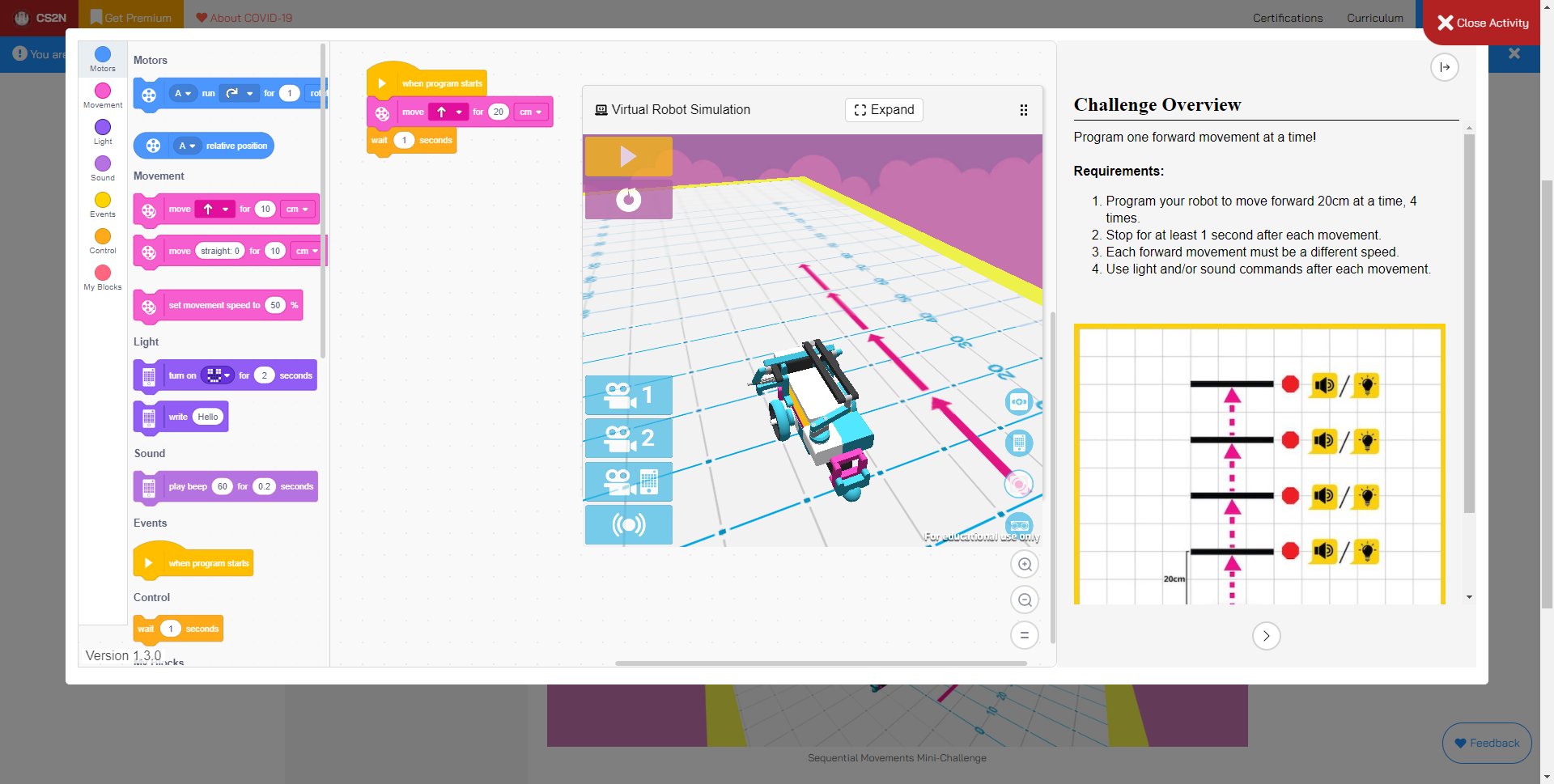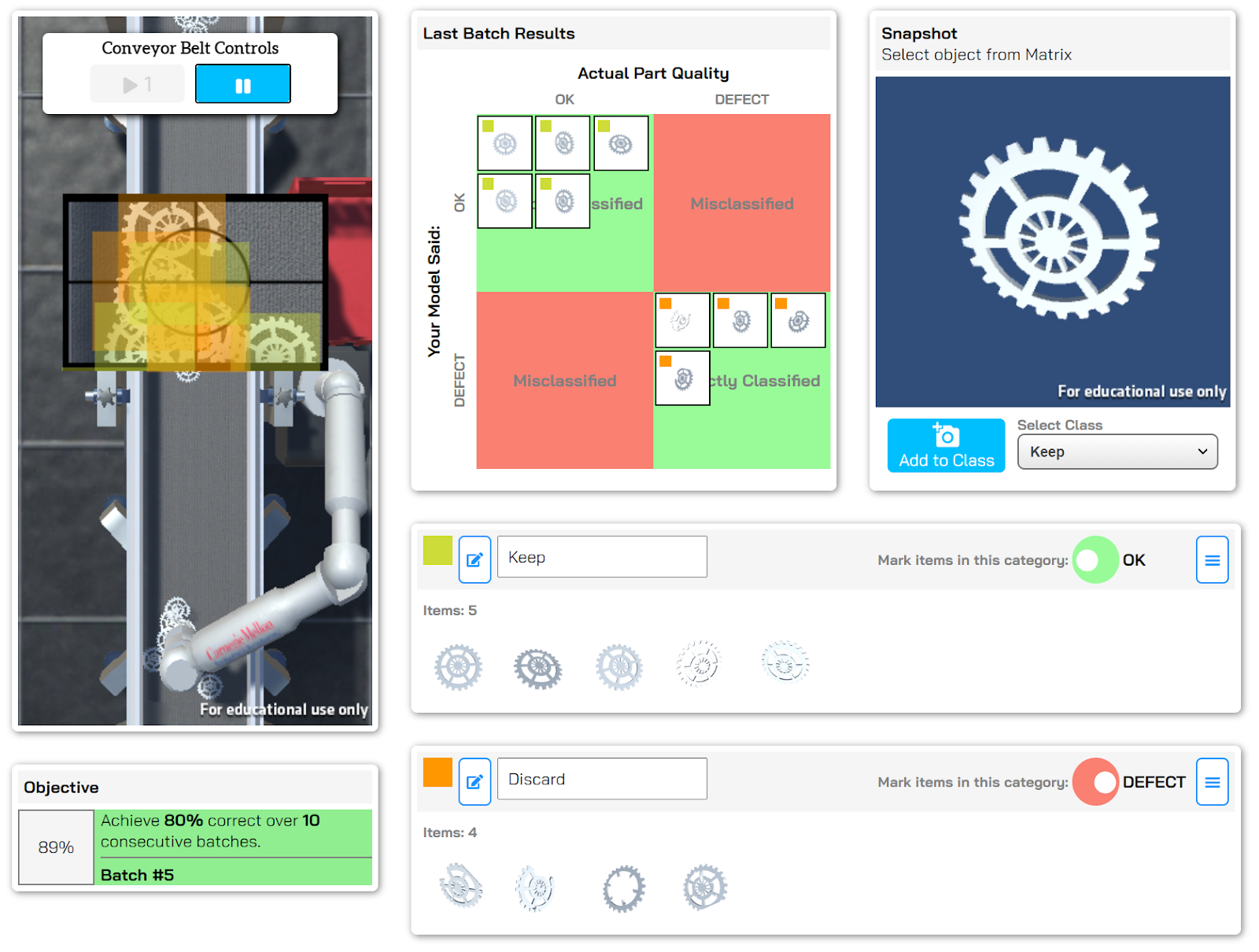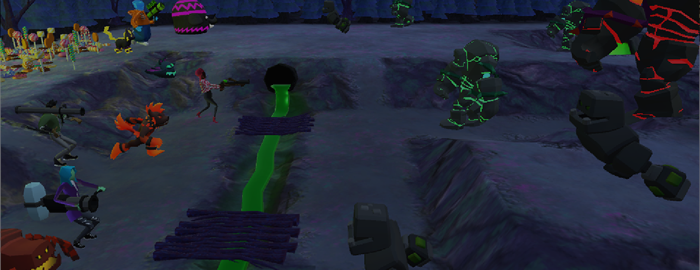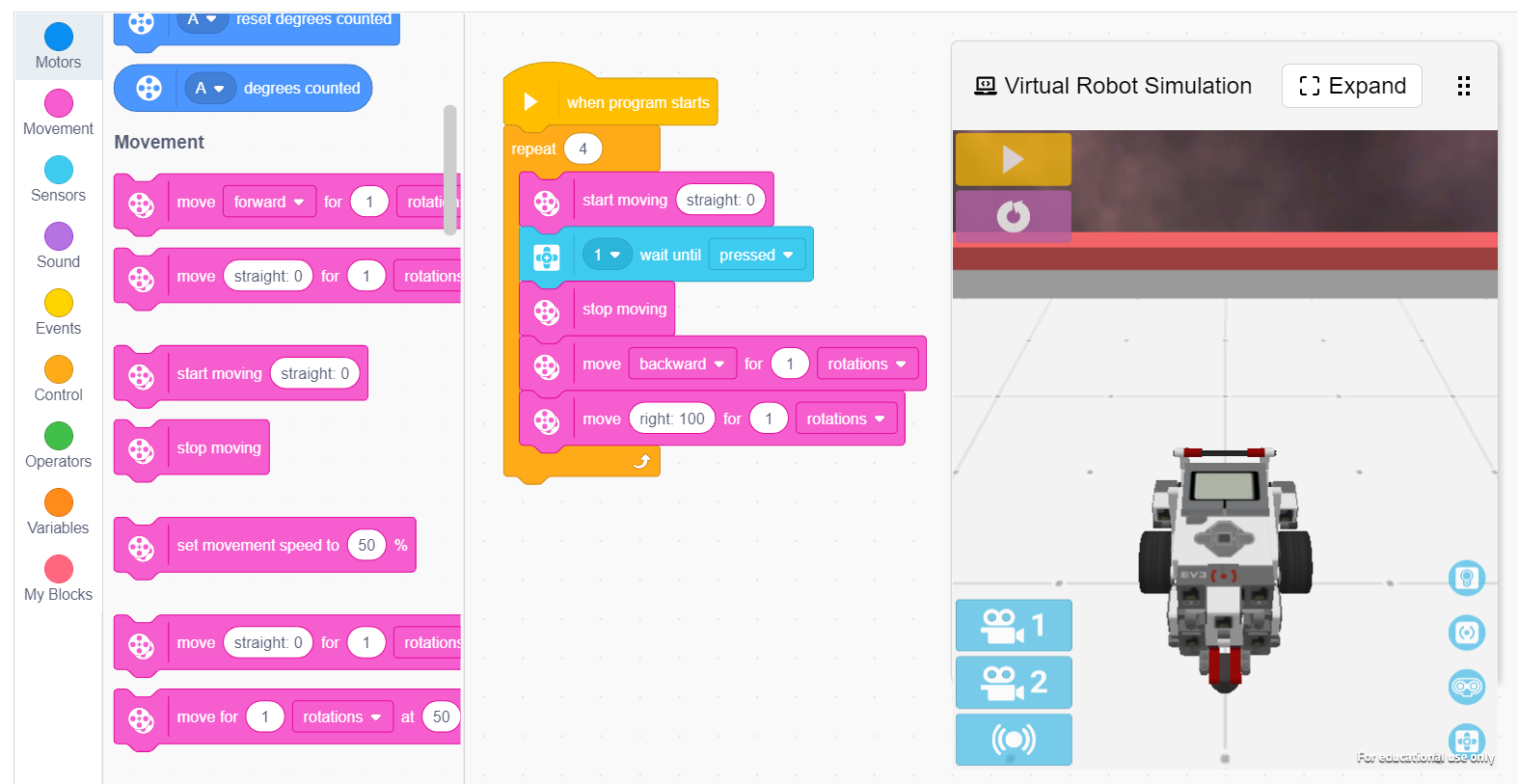Free CS Activities for CS Education Week and Remote Learning
By Jesse Flot
At the Carnegie Mellon Robotics Academy, it's our mission to use the educational affordances of robotics to create CS-STEM opportunities for all learners. We fulfill our mission by developing research-based solutions that are classroom-tested and foreground CS-STEM concepts - most of which are freely available to the world through our CS-STEM Network. Read on to learn about some of our free (but also engaging, and research-based) activities that you can use for CS Education week (or really any week).
1. Virtual SPIKE Prime Coding - Iris Rover Challenge
In this activity, students learn how to program the movement of a Virtual SPIKE Prime robot from directly within their web browser while completing challenges themed after the real-world Iris Rover from Carnegie Mellon University. The activity also covers big ideas such as the role of the programmer, program planning, behaviors, proportional relationships, and sequential programming.

2. Machine Vision Primer
In the Machine Vision Primer, students learn how a machine vision system can perform quality control inspection on parts coming off an assembly line. Students learn firsthand how the machine vision system works by monitoring the output and training the underlying machine learning model until it can reliably tell the difference between quality and faulty components.

This material is based upon work supported by the National Science Foundation under Grant Number 1937063.
3. Super Slime Battle
Super Slime Battle is a game that was co-designed between researchers at Carnegie Mellon University and students from the Boys and Girls Clubs of Western Pennsylvania as part of the Player-Programmed-Partner Games (P3G) project. The P3G project gets students thinking about programming a "cobot" partner to accomplish a shared goal. In this particular game, their goal is to protect their candy stash from oncoming waves of baddies with the help of their cobot pet.

This material is based upon work supported by the National Science Foundation under Grant Number 1906753.
4. Virtual LEGO EV3 Coding - Sensabot Challenge
In this activity, students learn how to program the movement of a Virtual LEGO EV3 robot in order to complete Sensabot Challenge. Students learn how to make the robot move forward at specific distances and move its arm. The robot simulates a real-world robot called the Sensabot, which was created in order to move to locations within a facility, and inspect the pipes along the way at certain waypoints. By contextualizing the things that they’re learning with a real-world robot, learners can get a better sense of why they’re learning these behaviors.
